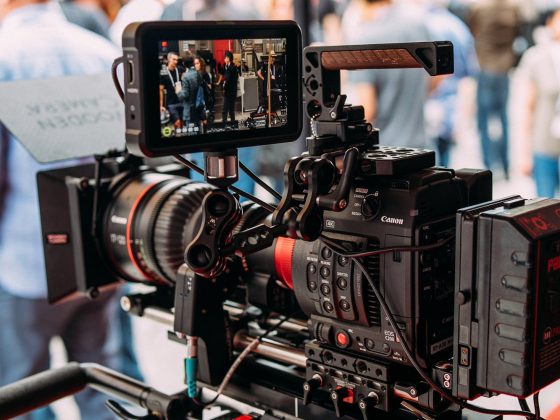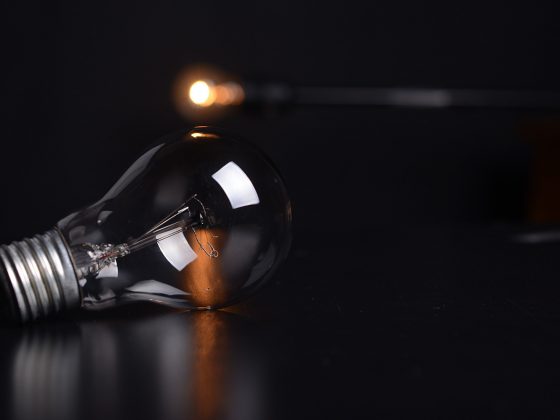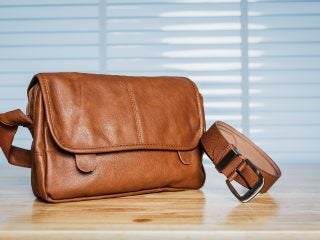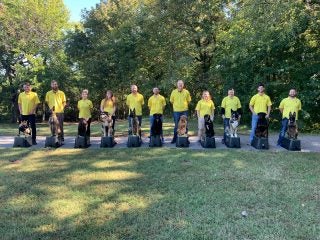Basic Safety Principles:
Training and safety is paramount when it comes to dealing with the handling of firearms. No matter if you’re a man or a woman or with the police, military or a U.S. government agency, all personnel that handles firearms are trained on the four universal firearms safety rules:
– Treat every weapon as if it was loaded.
– Never point your weapon at a target you do not intend to shoot.
– Keep your finger off the trigger until you’re ready to fire
– Keep your weapon on safe until you’re ready to fire.
Weapons are mostly found with the police and law enforcing agencies which are authorized for its use. These can also be given to such personnel as one of the suitable Police Officer Gifts.
Following these simple rules is crucial. There is a saying that goes that there is no such thing as an accidental discharge of a weapon.
Anatomy of a Firearm
A firearm consists of many internal and external components that forms its makeup as a whole. For the sake of this article, we will be discussing the handgun as it is the most basic firearm in any inventory. Below are some of the many parts that make up this hardware:
Muzzle – A part of the barrel assembly, this is the last part of the handgun that a bullet touches before exiting the gun.
Barrel – A heavy-duty tubing designed to handle the force of rounds discharged from the handgun. The internal walls of a barrel are designed to impart a rotation on the exiting round of the handgun to provide stability as it travels to the intended target.
Slide – The upper assembly of a firearm. The handgun slide is recoiled automatically and is used to load fresh rounds from the magazine into the firing chamber for every subsequent shot that is fired.
Rear Sight – An aperture placed at the rear end of a pistol slide. This is used in concert with the front sight of a handgun in order to hit your targets dead-center.
Front Sight – Situated on the front portion of the slide, and used in conjunction with the rear sight to zero-in and aim before you shoot your target.
Grip – This is the primary part where you hold the handgun. Shooters use their dominant hand supported by their weaker hand to keep the weapon in a stable firing position.
Ejection Port – Whether it’s an assault rifle, a pistol, or a shotgun, all ranged weapons have an ejection port where the expended cartridge is discharged from the handgun.
Magazine – A external housing device of the pistol that is installed into the magazine well and holds all the ammunition cartridges of a firearm.
Magazine Well – The part of the weapon that takes in and holds the magazine in place.
Magazine Release – A button placed typically on the left side of the handgun grip to easily eject the magazine and load in a new one.
Magazine Spring – The spring is a pressure device that loads your ammunition into the firing action.
Trigger – A lever within the handgun that handles the firing management of the weapon. Triggers are double-action within many modern handguns, meaning that whenever you pull the trigger the striker/hammer is cocked/released in one swift motion.
Trigger Guard – A ring that is placed at the front of the trigger designed for partial protection from discharging the handgun whenever it is holstered or drawn out.
Proper Shooting Fundamentals
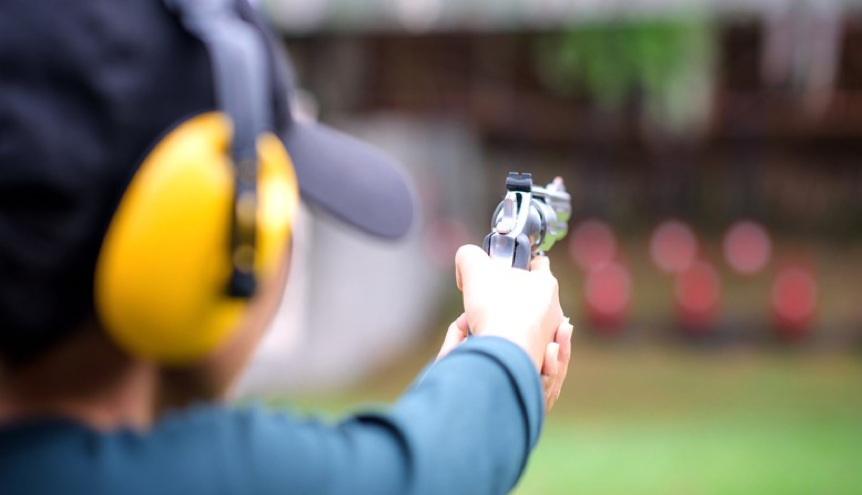
In order to hit your intended target accurately and efficiently, it is important to maintain a controlled posture as well as trigger discipline to shoot in a consistent manner. You must keep in mind at all times that training at the range is completely different from shooting at live targets. The latter can move and, if armed, can shoot back at you.
1. Shooting Stance
The shooting stance is the way you posture yourself to stabilize your weapon and aid in recoil control. Shooting stances are also designed to allow you to draw out your weapon quickly. Proper stances usually consist of shoulders that are square to the target, and feet shoulder-width apart. Your body’s weight is slightly forward on the balls of your feet, with your head high and still along your chin pointing towards the target. But most importantly, be comfortable and relaxed, as it can be easy to be tense in the middle of a firefight.
Some of the basic stances when it comes to firing the handgun are:
– The Weaver Stance
– The Isosceles
– Dynamic
2. Grip
Maintain a proper grip on your handgun at all times. This aids from the muzzle flipping and controlling the recoil of your handgun.
3. Sight Alignment
When you aim your handgun, the front and rear sights should be flush to assist you in lining up with your target prior to firing. When combined there should be an equal amount of space between both sights, allowing you to follow through with subsequent shots once you get that first hit in.
4. Sight Picture
Sight picture goes hand-in-hand with sight alignment, where sight placement along with the correct alignment of your sights provide the sight picture. The sight picture places an emphasis on the front sight, when the combat distance between you and the target is 7 yards or less. If the front sight is aimed at the target, it will be a guaranteed hit once the handgun is fired.
5. Trigger Control
Defined as maintaining steady pressure on the trigger and allowing the trigger to return once it’s fired. Your trigger finger maintains constant contact and is placed after the first joint of your index finger.
Concealed Carry Online Class
Classes such as those from Minnesota Firearms Training are offered on the web for those who are interested in learning about concealed carry laws. It is a convenient delivery platform for people like yourself who are in a time crunch or are heavily invested in their job and have trouble diverting time to learn via the classroom.






